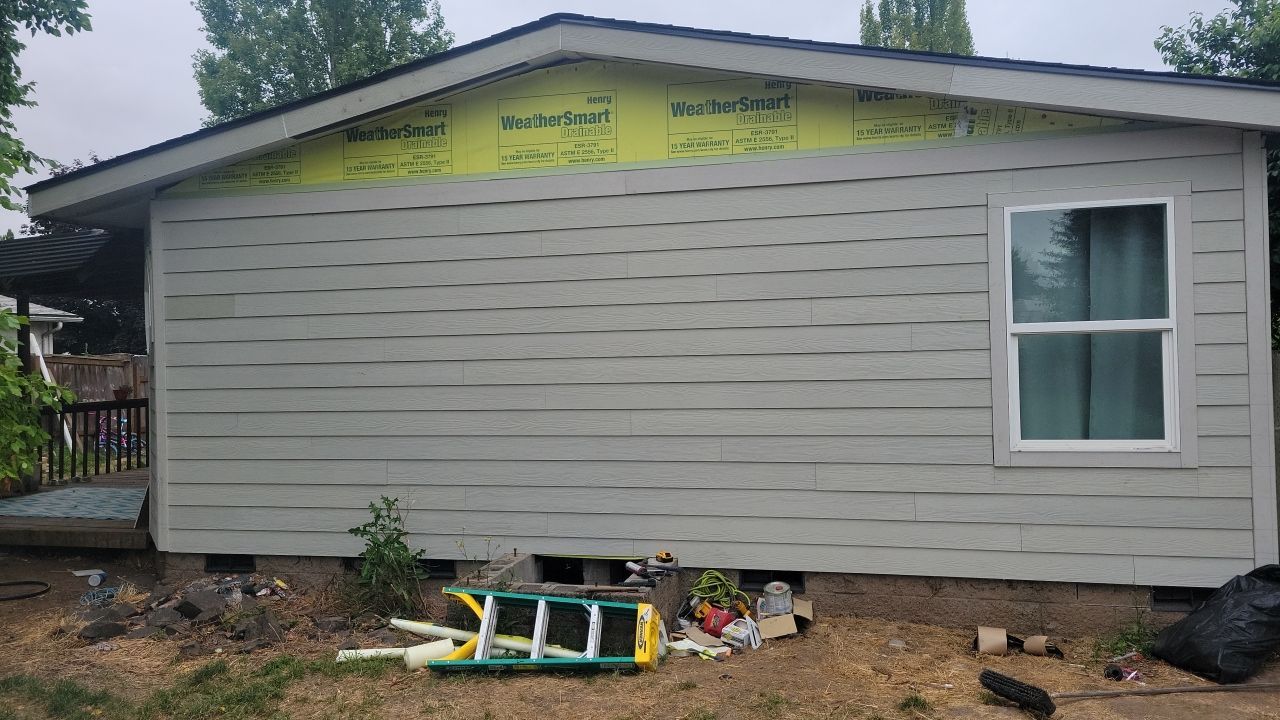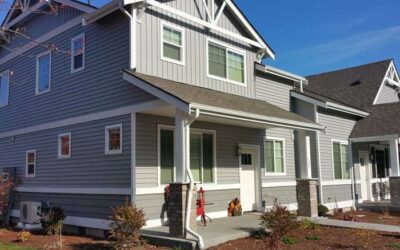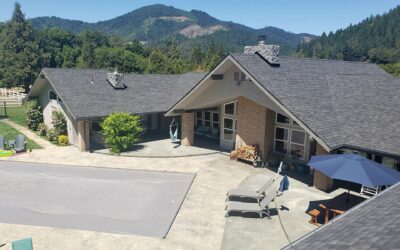Vinyl siding has become one of the most popular exterior cladding choices for homes across North America. Its popularity stems from its attractive appearance that can mimic wood or other materials, as well as its low maintenance requirements compared to many other siding options. However, one of the key considerations for homeowners is how long vinyl siding will actually last before needing full replacement.
Factors Influencing Vinyl Siding Lifespan
The longevity of vinyl siding depends on several important factors, including:
Manufacturing Quality
Not all vinyl siding is created equal in terms of quality. Higher-quality vinyl siding products from reputable manufacturers tend to have better resistance to weathering and longer lifespans overall. Look for vinyl siding that is certified by respected organizations like the Vinyl Siding Institute (VSI) or has appropriate ASTM standards ratings.
Installation Methods
Proper installation following the manufacturer’s specific guidelines is absolutely critical for maximizing vinyl siding lifespan. Siding that is improperly installed, such as being nailed too tightly into the wall, can lead to distortion, cracking, and premature failure. Using an experienced, certified vinyl siding installer is highly recommended rather than an unqualified handyman.
Climate and Environmental Exposure
The climate and environmental factors a home’s siding faces have a major impact on its lifespan. Excessive heat, freezing cold temperatures, moisture, UV radiation from sunlight, pollution, wind, and physical impacts like hail can all contribute to the breakdown and aging of vinyl over time. Siding in harsh climates like hot deserts or freezing northern regions may have a shorter usable lifespan compared to homes in more moderate environments.
Maintenance
While vinyl siding is marketed as a low-maintenance option, it still requires periodic cleaning and close inspection to remove built-up dirt, chalking, mildew, and identify any cracks, warping, or other issues that need minor repairs. Prompt repairs to small problems can help maximize the overall lifespan of the siding before full replacement is required.
Expected Vinyl Siding Lifespan Estimates
“According to the Vinyl Siding Institute, vinyl siding should have an expected life expectancy of between 20 to 40 years or more if properly installed and maintained.”
This estimated vinyl siding lifespan range is based on the following assumptions from the VSI:
Minimum 20 Years: This is for single-ply or double-ply vinyl siding, which consists of one or two thicknesses of vinyl. This baseline quality of siding can be expected to last around 20 years.
30+ Years: This is the typical lifespan for higher-quality, thicker, certified insulated vinyl siding installed under normal environmental conditions and coupled with proper periodic maintenance.
40+ Years: Premium, tri-laminated or premium vinyl siding with excellent manufacturing quality and specialized weather-resistant, fade-resistant properties can potentially last 40 years or more under ideal climate conditions and with very diligent maintenance over its full life.
It’s important to reiterate that these are general estimates provided by the vinyl siding industry, and the actual lifespan can vary significantly based on the specific combination of quality, installation, climate, and maintenance factors mentioned earlier. Lower quality vinyl siding in harsh environments with poor maintenance will likely need replacement towards the shorter end of these projected lifespans.
Signs It’s Time for Vinyl Siding Replacement
Even with the best manufacturing quality and maintenance, no vinyl siding will last forever. Here are some key signs that it may be time to start budgeting and planning for a full siding replacement project:
Widespread cracking, warping, or buckling: This indicates advanced breakdown of the vinyl panels themselves from UV and weather damage.
Severe fading or chalking: Excessive fading of color or a heavy chalky residue buildup on the surface both show the vinyl’s polymer layers are degrading.
Panels lifting or separating: Multiple pieces of siding lifting or separating away from the house allow moisture intrusion behind the siding, which can lead to rot, mold, and more damage.
Noticeably poor energy efficiency: If aging siding with deteriorated insulation backing is causing higher energy costs due to heating/cooling losses, it may be time to re-side.
With proper installation by certified professionals like the team at High Ridge Roofing & Construction, coupled with cleaning and minor maintenance as needed, and a complete siding replacement at the appropriate time, vinyl siding can provide long-lasting, low-maintenance protection and aesthetic appeal for your home’s exterior for 30 years or more.
Frequently Asked Questions
Q:- How often should vinyl siding be replaced?
Ans:- Vinyl siding typically lasts 20 to 40 years, depending on factors like climate and maintenance. However, it may need replacement sooner if damaged or if you want to update your home’s appearance.
Q:- What are three disadvantages to vinyl siding?
Ans:- Three disadvantages of vinyl siding are its susceptibility to cracking or warping in extreme temperatures, limited color options compared to other materials, and potential for fading over time
Q:- Is replacing vinyl siding worth it?
Ans:- Whether replacing vinyl siding is worth it depends on factors like the condition of your current siding, your budget, and your aesthetic preferences. Upgrading can improve curb appeal and energy efficiency.
Q:- Is it better to paint vinyl siding or replace it?
Ans:- It’s generally better to replace vinyl siding rather than paint it, as painting may not adhere well and can lead to peeling or chipping. Replacement offers a longer-lasting solution and improves curb appeal.




0 Comments